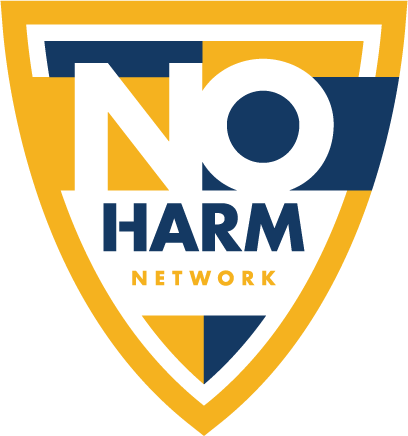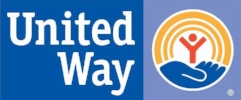Gratitude
/Written by Lacy Montgomery, Adult Program Manager
It’s November. The holidays are upon us and we’re barreling toward the end of the year. For some of us, this means excitement, merriment, busy calendars, and seasonal decorations; good food and great friends and time spent with the family we love. For some of us, this season is more difficult. It means loneliness or reminders of painful relationships. It means financial stresses or the first holiday season without our loved one.
How do we remain grateful in both pain and in joy?
My favorite author, Anne Lamott, says that “gratitude begins in our hearts and then dovetails into behavior. It almost always makes you willing to be of service, which is where the joy resides. It means that you are willing to stop being such a jerk. When you are aware of all that has been given to you, in your lifetime and the past few days, it is hard not to be humbled, and pleased to give back.”
Joy resides in service. Getting out of our own head, putting our feet on the ground, one in front of the other, and finding someone to help. Gratitude in service can look like a smile given to a stranger. A dance on the sidewalk to the song in your heart. A donation to a local non-profit. A text to an old friend. A vulnerable conversation with a new friend. A toy drive for families who have so much stress and so little income that they can’t buy their children gifts. A blood donation. A letter to your grandmother. Even a glance at yourself in the mirror, offering love and compassion to you.
For some, this season of Thanksgiving is a season of service. For others, a season of mustering the courage to ask for help. How can you be the hand, reaching out to offer help? How can you be gratitude in action? How can you reside in joy?
Volunteers and staff prepare to serve Thanksgiving dinner to members
Years ago, my family decided that in lieu of gifts, we would donate to our favorite organizations in one another’s names. Perhaps gratitude is a financial contribution to New Friends New Life. To help our organization continue to serve incredible, resilient, grateful women who have survived unthinkable abuse, trauma, and sexual exploitation. Or maybe you and your family could serve a meal together at NFNL, because community can begin at the table. Or you could even take your children shopping to purchase gifts for the New Friends New Life Angel Tree.
My son is not quite two years old, and he certainly wouldn’t understand a donation card, as he cannot yet distinguish between numbers and letters. But he will absolutely understand buying fun toys for others. I am determined to guide the growth of his little heart to one of service and gratitude. A heart, that the world he raises my grandchildren in might be filled with even more joy and service.
It is my hope that you choose to give this season. Our members and their families are thankful for every smile and gift.





















